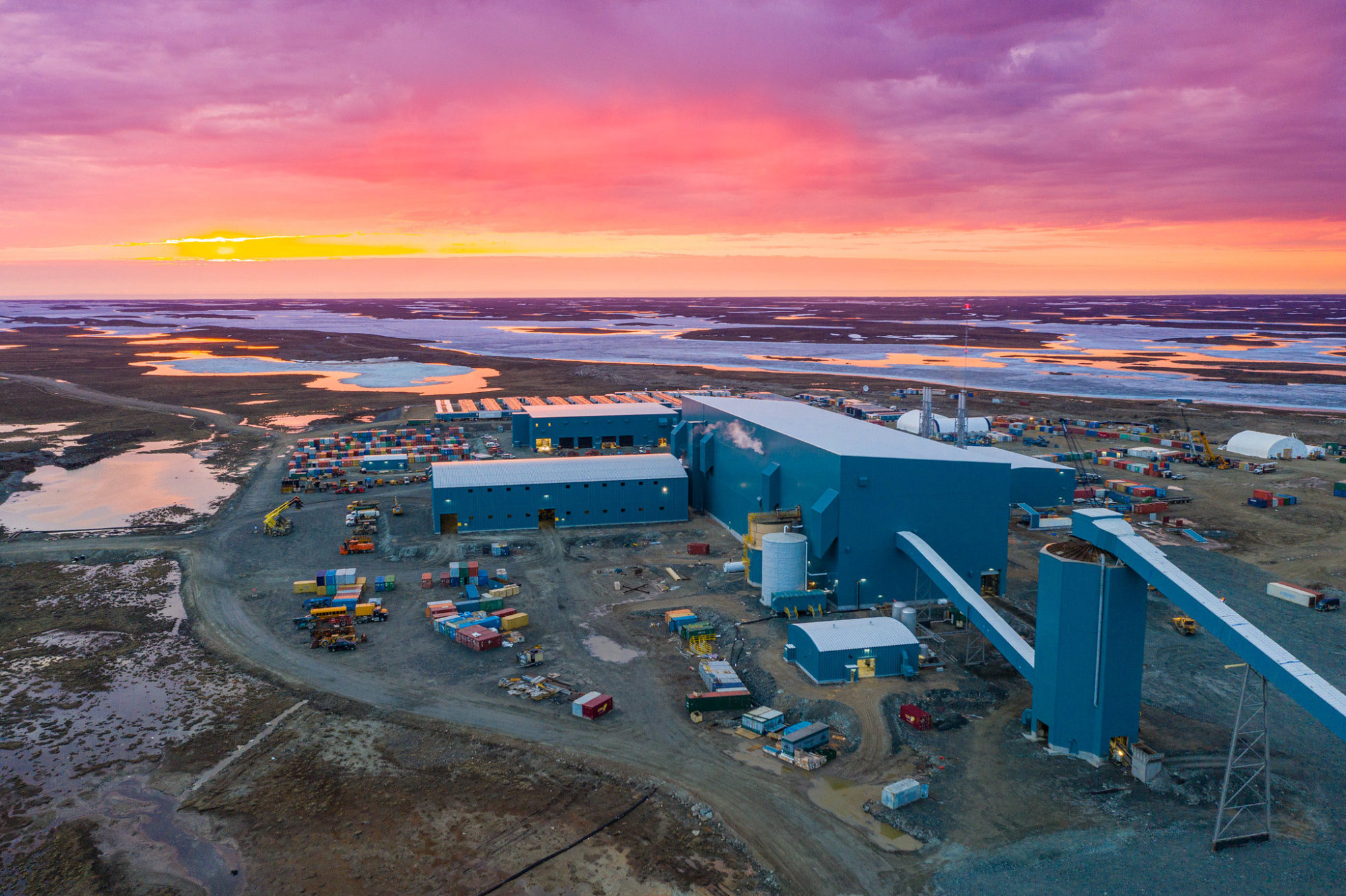Agnico Eagle says exploration has long been the lifeblood of its success, with teams of geologists searching above and below ground for the next major mineral deposit. “That lifeblood now includes technology, with teams of software engineers, computer scientists and Information Technology experts exploring new frontiers to help shape the future of our company,” the miner said in a statement.
Nancy Guay, Agnico Eagle’s Vice President of Technology, Optimization & Innovation says: “As mining becomes more complex, so do the challenges and risks associated with our business. Innovation is key to maintaining our reputation for sustainability and operational excellence, as well as our competitive advantage. We are leveraging advanced technology to improve underground safety and efficiency, reduce our carbon footprint and provide a healthier work environment for our employees.”
Agnico Eagle says its Technology and Innovation team is continuously testing new technology – including underground drones as well as augmented and virtual reality – through proof-of-concept trials to demonstrate its feasibility in a mining environment. “Our LaRonde mine in Quebec is already using drones underground to conduct detailed 3-D surveys that create incredibly accurate maps of the mine’s stopes and galleries. Drones fly through these stopes and galleries daily using LiDAR technology (Light Detection and Ranging), a remote sensing technology that uses rapid laser pulses to precisely measure variable distances to the terrain.”
LiDAR technology not only captures high-quality digital data and images, but it also provides a greater level of detail in the data, in a lot less time and with a lot less risk, making it a valuable tool for monitoring underground movement and ensuring the safety of personnel.
“Flying drones underground is all about safety, control and efficiency. It means someone doesn’t have to go near a stope that’s just been drilled and blasted to understand the quality of the blast or ask: ‘Did everything go as planned? Are there any safety or rock mechanics issues we need to address?” comments Eric Trudel, Director, Innovation.
LaRonde is now planning to use LiDAR technology to fully map its underground environment in advance of introducing more autonomous mining vehicles and equipment. Meanwhile, based on LaRonde’s success to date, Agnico Eagle’s Goldex and Nunavut mines are looking to purchase LiDAR drones in the near future.
The Technology and Innovation team is also currently exploring more than 40 potential opportunities to enhance operational excellence in mining, processing, energy, environmental protection and health and safety. Some of the initiatives they are pursuing include mechanical cutting machines for underground excavation; exoskeleton devices to better manage worker fatigue; self-healing paint coatings for remote settings; automated scoops, trucks and drills; and green, alternative gold recovery solutions.
“Each initiative or concept has a project manager who is responsible for managing all stages of discovery – from the initial technical evaluation through to the testing and validation stages. Should the concept be proven, the project managers then help the site acquire and integrate the technology into its operating activities.”
Moving on to electrification, the company states: “Given the high cost of electricity in some of our operating regions, and Agnico Eagle’s pledge of carbon neutrality by 2050, the Technology and Innovation team is exploring energy management solutions that will not only improve energy efficiency but also reduce greenhouse gas (GHG) emissions.”
The team is considering introducing battery energy storage systems (BESS) that enable the supply of backup power during peak electricity demand-cost periods plus increasing the use of electrified vehicles (ie battery-operated vehicles) underground. It is also looking at installing wind turbines to turn wind energy into electricity at off-grid sites in remote locations; studying decarbonisation and hydrogen power options; and pursuing small modular reactors (SMRs) for remote mine sites. “This technology has the strongest potential to reduce the use of diesel generators and ultimately lower Agnico Eagle’s GHG emissions. We are partnering with Westinghouse to conduct a proof-of-concept test for SMRs.”
The Technology and Innovation team has also been testing the benefits of augmented and virtual reality in mining settings – “terms that capture the shift in how we interact with technology today. Augmented reality (AR) is an interactive experience in a real-world environment where real-world objects are enhanced by computer-generated information; virtual reality (VR) is a completely immersive experience that replaces a real-life environment with a simulated one.”
LaRonde is already experimenting with AR lenses and looking to implement them in the interactive training of new employees. This technology could eventually be used across Agnico Eagle’s global sites; for example, a technician at LaRonde could train a technician at Pinos Altos on how to dismantle and reassemble a pump. “Wearing these glasses, you see a virtual model in front of a real pump, and you can follow along with what the instructor is doing – a step-by-step visual of how to fix the pump – which could have a huge impact on competency in the field,” explains Trudel.
LaRonde is also exploring VR to simulate lifelike scenarios for training purposes. Trainees enter a 360° active learning environment, experiencing sights and sounds that dissolve the barrier between virtual and actual reality. “Workplace scenarios that were once too difficult, expensive, or presented a potential safety risk – such as emergency preparedness or hazardous material spills – become more practical, cost-effective, and safe in an immersive simulation.”











